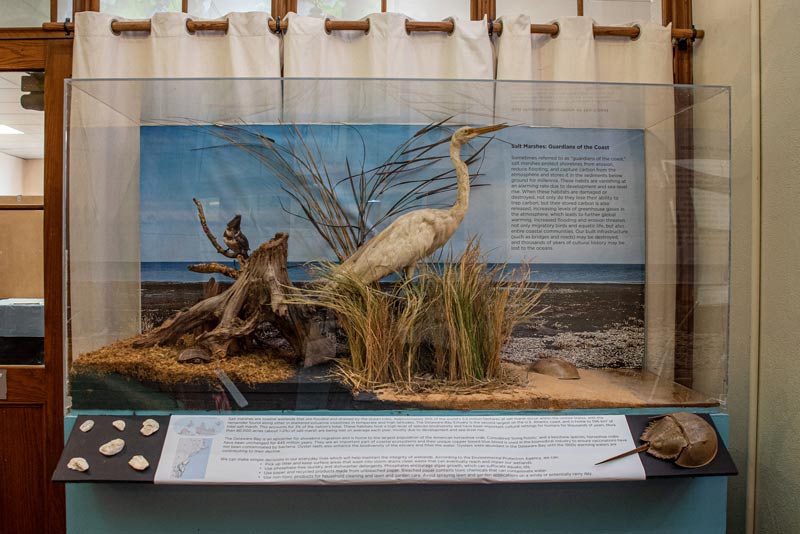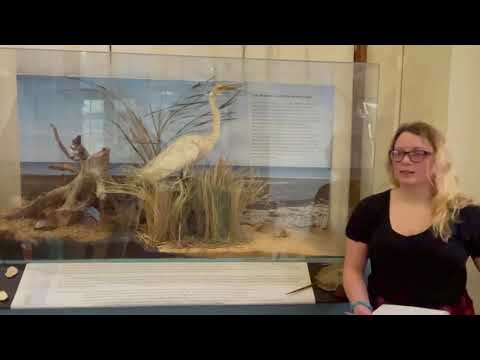The Salt Marsh: Guardians of the Coast
Sometimes referred to as “guardians of the coast,” salt marshes protect shorelines from erosion, reduce flooding, and capture carbon from the atmosphere and stores it in the sediments below ground for millennia. Stretching over 5.5 million hectares worldwide, salt marshes capture 10 times the amount of carbon dioxide than mature rain forests!
These habitats are vanishing at an alarming rate—over 80,000 acres (1-2%) per year—due to development and sea-level rise. When these habitats are damaged or destroyed, not only do they lose their ability to trap carbon, but their stored carbon is also released, increasing levels of greenhouse gases in the atmosphere, which leads to further global warming. Increased flooding and erosion threaten not only migratory birds and aquatic life, but also entire coastal communities. Our built infrastructure (such as bridges and roads) may be destroyed, and thousands of years of cultural history may be lost.
Marsh restoration projects could offset the loss of these habitats, but we can also make simple decisions in our everyday lives which help preserve these wetland areas and maintain their integrity. According to the Environmental Protection Agency, we can
- Pick up litter and keep surface areas that wash into storm drains clean waste that can eventually reach and impair our wetlands.
- Use phosphate-free laundry and dishwasher detergents. Phosphates encourage algae growth, which can suffocate aquatic life.
- Use paper and recycled products made from unbleached paper. Bleached paper contains toxic chemicals that can contaminate water.
- Use non-toxic products for household cleaning and lawn and garden care. Avoid spraying lawn and garden chemicals on a windy or potentially rainy day.
Curated by Katherine Dowling and Michael Cassidy under the direction of Dr. Heather Wholey. Designed and executed by Katherine Dowling.



